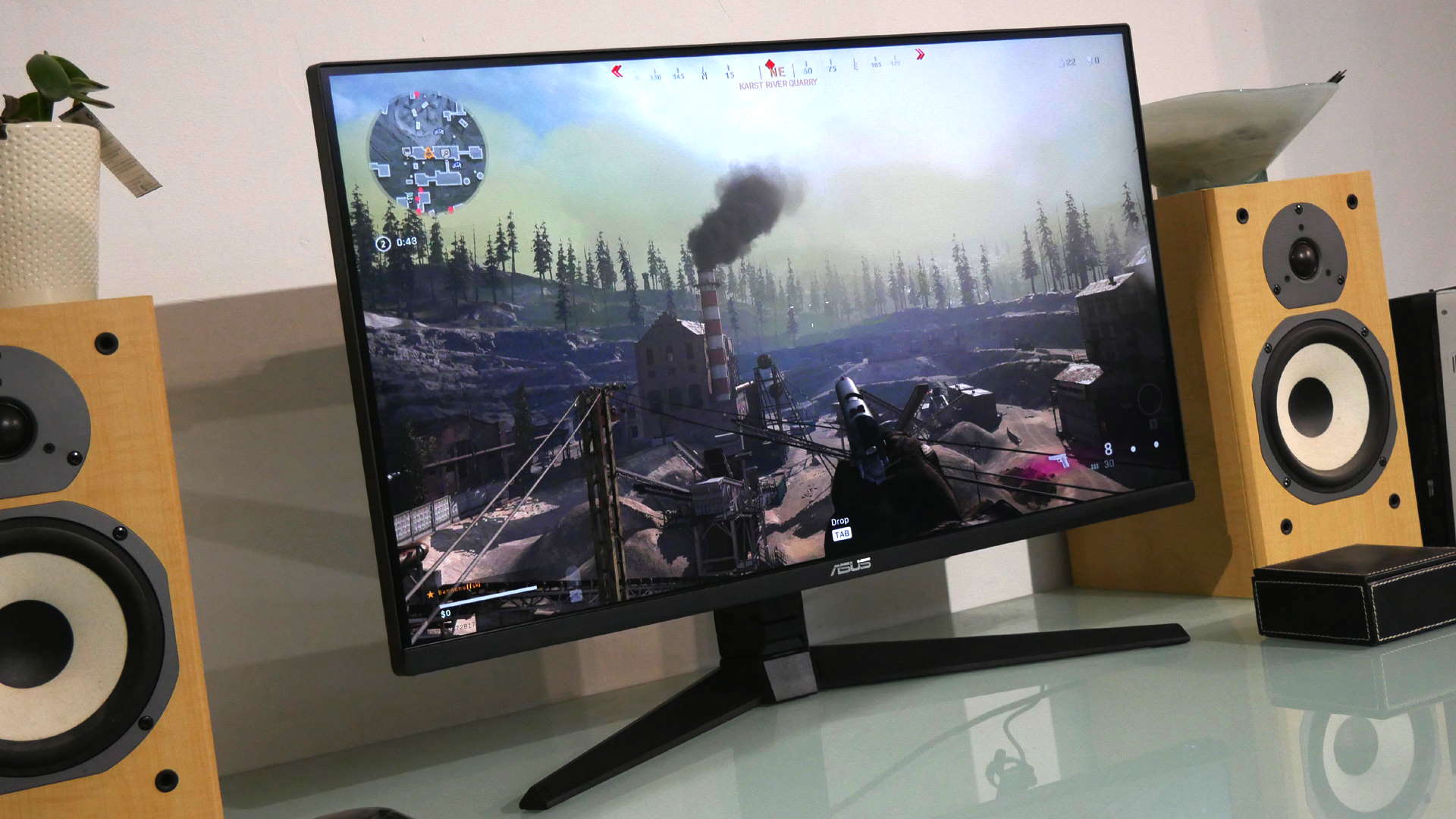Our Verdict
Asus' latest TUF-branded 4K, 144Hz gaming panel has a fantastic feature set including HDMI 2.1 connectivity for cutting-edge console gaming. But it's not as cheap as we'd hoped for and has limited HDR capability.
For
- Sweet IPS 4K panel
- Excellent pixel response
- HDMI 2.1 for next-gen console gaming
Against
- Not a true HDR panel
- Not cheap enough to bring 4K 144Hz to a new audience
PC Gamer's got your back
4K native res, 144Hz refresh, IPS panel tech, HDR support, and HDMI 2.1. What more could you possibly ask for from the new Asus TUF Gaming VG28UQL1A as a multi-platform, cutting-edge gaming monitor? Maybe a price that’s more affordable than previous panels that have hit similar targets? Hold that thought.
Asus' latest monitor masterwork is part of its TUF range of gaming goodies. In other words, not the premium Asus ROG line, several of which already offer a similar core feature set. That bodes well for affordability, at least in relative terms. But what about performance and features? Does anything go missing?
In terms of panel size, with the Asus TUF Gaming VG28UQL1A you’re actually getting an additional inch compared to the company's earliest 4K gaming monitors. This is a 28-inch model, though Asus will now also do you a 32-inch 144Hz 4K model. Going into this review, the 28-inch diagonal was a bit of a worry. We’ve seen several 4K IPS non-gaming monitors on our productivity-orientated sister titles, including the Philips 288E2UAE and Acer B287K, and all have shared at least slightly underwhelming static image quality in terms of vibrancy and saturation.
Panel size: 28-inch
Panel technology: IPS
Native resolution: 3840 x 2160
Aspect Ratio: 16:9
Refresh rate: 144Hz
Response time: 1ms
HDR: VESA DisplayHDR 400
Contrast: 1,000:1
Color: 10-bit, 90% DCI-P3
Brightness: 450 cd/m2
Video Inputs: DisplayPort 1.4 x1, HDMI 2.1 x2, HDMI 2.0 x2
Other: AMD FreeSync Premium, Nvidia G-Sync Compatible, VESA DisplayHDR 400
Price: $800 | £749
Anyway, one obvious limitation on the spec sheet is VESA DisplayHDR 400 certification. It’s entry-level HDR stuff, if that, and means this panel makes do with a simple, monolithic backlight. There’s no local dimming of any kind, let alone the latest mini-LED shizzle. Asus' claim of 90% coverage of the DCI-P3 digital cinema colour space is also indicative of relative limitations. HDR displays with higher levels of certifications tend to cover 95% or more of DCI-P3.
That said, the VG28UQL1A is good for up to 450 nits of brightness, which exceeds the HDR 400 minimum requirement. More importantly, it's also a very quick display, on paper. Asus says it's good for 1ms pixel response by the grey-to-grey rather than less demanding MPRT metric. You also get the aforementioned 144Hz refresh rate and support for both Nvidia G-Sync and AMD FreeSync, though this is not a full-fat G-Sync monitor with the requisite Nvidia module. It's merely G-Sync compatible.
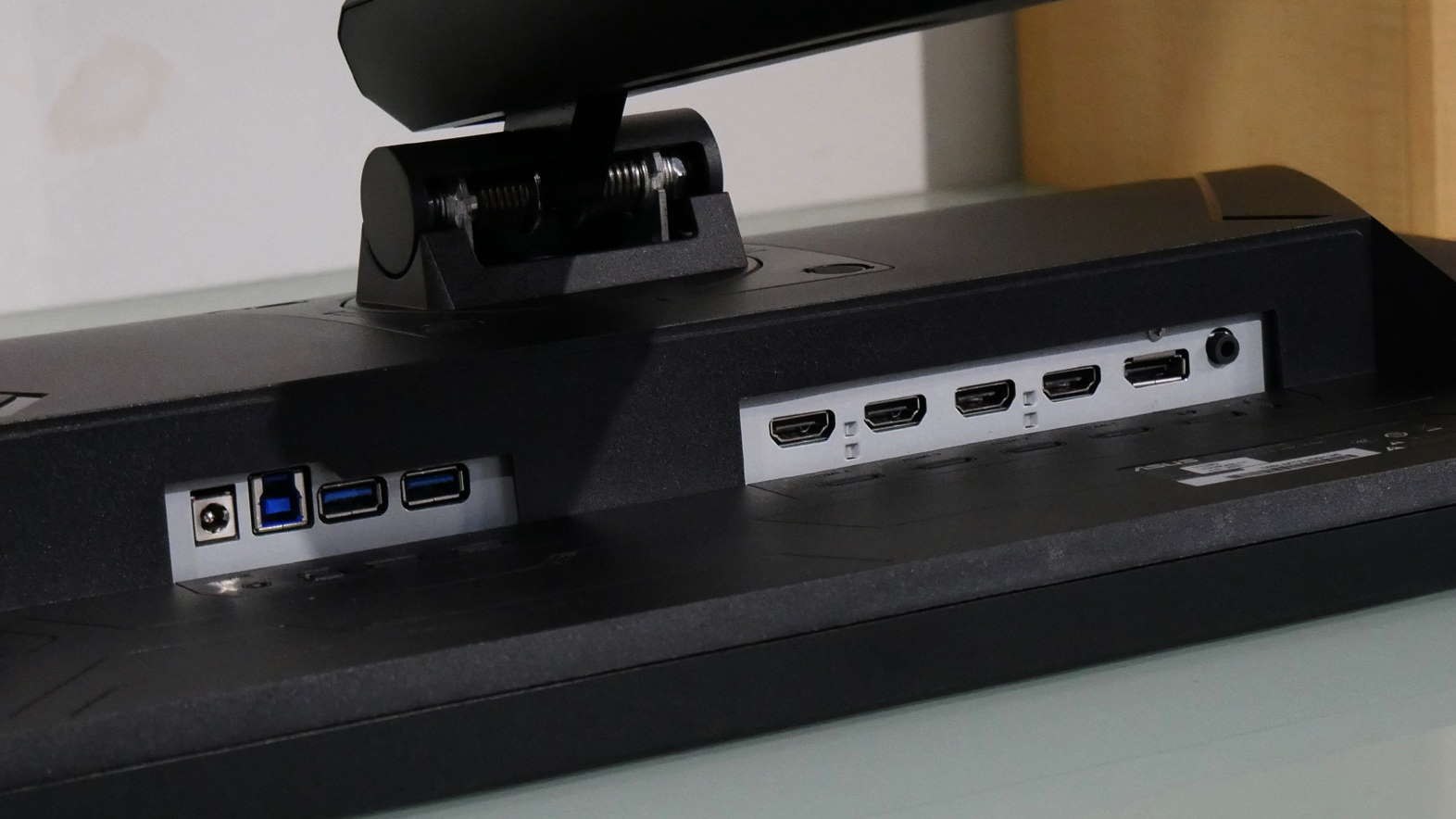
The final feature of note is HDMI 2.1 support. Along with the DisplayPort 1.4 interface, it means the Asus TUF Gaming VG28UQL1A can deliver 4K high-refresh gaming on both PC and console, albeit the latter will be limited to 120Hz rather than the full 144Hz. All of which means, with the arguable omission of true HDR capability, this monitor seems to promise it all.
Thankfully, it delivers quite a bit in reality, too.
Contrary to our fears concerning the current crop of 28-inch 4K panels, this thing is vibrant, punchy, and precise in terms of basic image quality and colour balance. The panel's static contrast is decent, too, even if no IPS monitor can quite compete with the best VA screens in that discipline.
It’s also properly quick. As you’d expect from this class of gaming monitor, Asus has fitted it out with user configurable pixel overdrive, in this case via a pretty granular five-level option in the OSD menu. While there is some fairly obvious overshoot and therefore inverse ghosting in the two fastest modes, levels two and three deliver really sharp, snappy response and minimal overshoot.
Subjectively, then, the VG28UQL1A is definitely comparable with the best IPS panels for raw pixel response. Add in the 144Hz refresh and you have a super sharp, seriously responsive solution for online shooters, battle royales and all that first-person jazz that benefits from a fast panel. OK, there are monitors with far faster refresh now that 240Hz is commonplace, 360Hz is available, and 480Hz is just over the horizon. But unless you are particularly serious about esports, 144Hz is plenty.
At the same time, the 4K native res makes for the usual stellar image detail and sharpness. You’d have to be very sensitive to latency to give up all that eye candy for marginally quicker responses, that’s for sure. If you want to enjoy a gaming graphics-fest like Cyberpunk in all its ray-traced glory, you need a 4K panel like this.
The only slight question mark involves, inevitably, HDR performance. On the plus side, SDR content does look good with the panel and Windows OS in HDR mode. So, you could run in HDR mode full time. And content including the aforementioned Cyberpunk does have that little bit more depth and punch in HDR mode. But the difference is marginal and we wouldn’t class this as a true HDR panel.
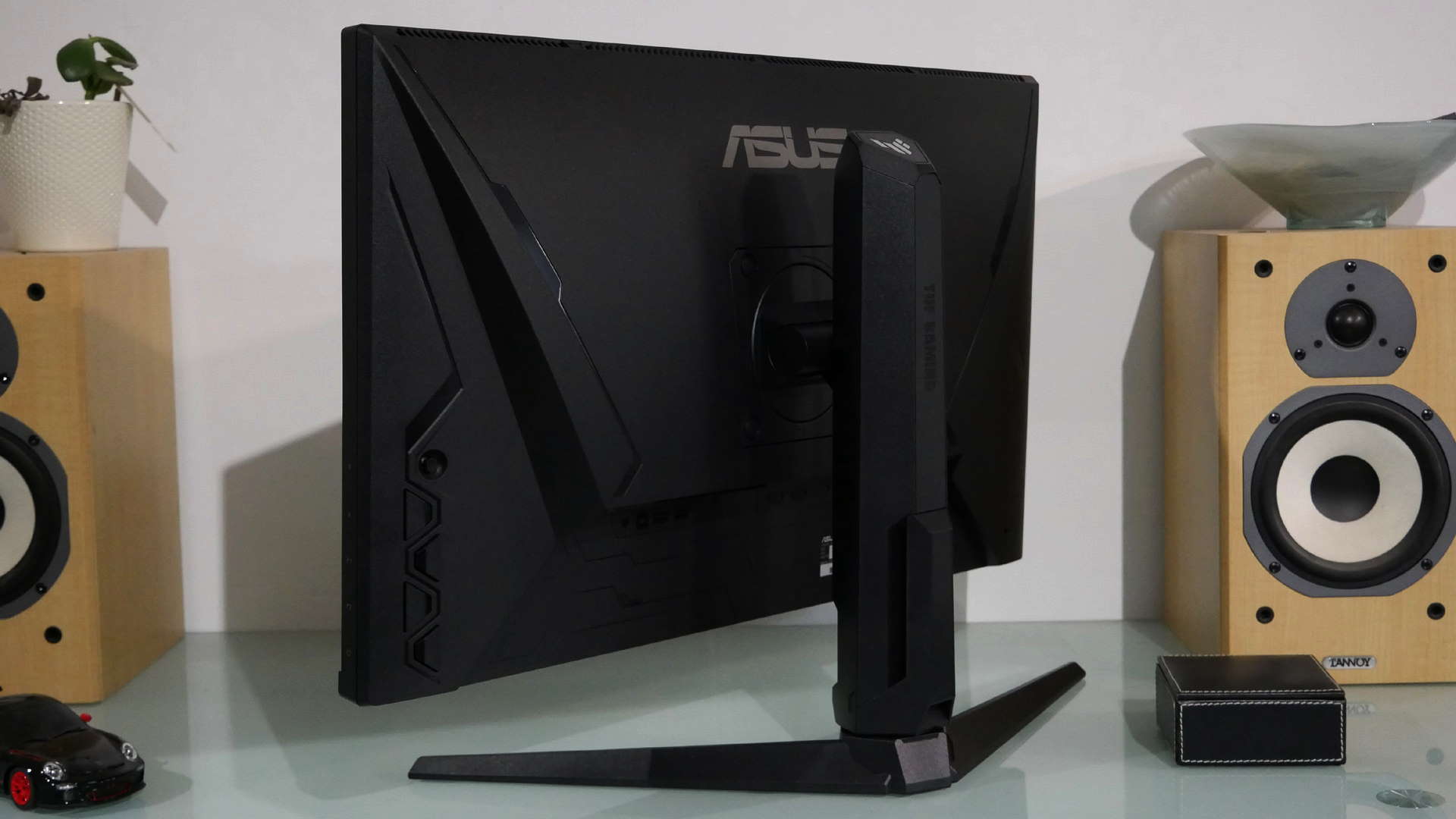
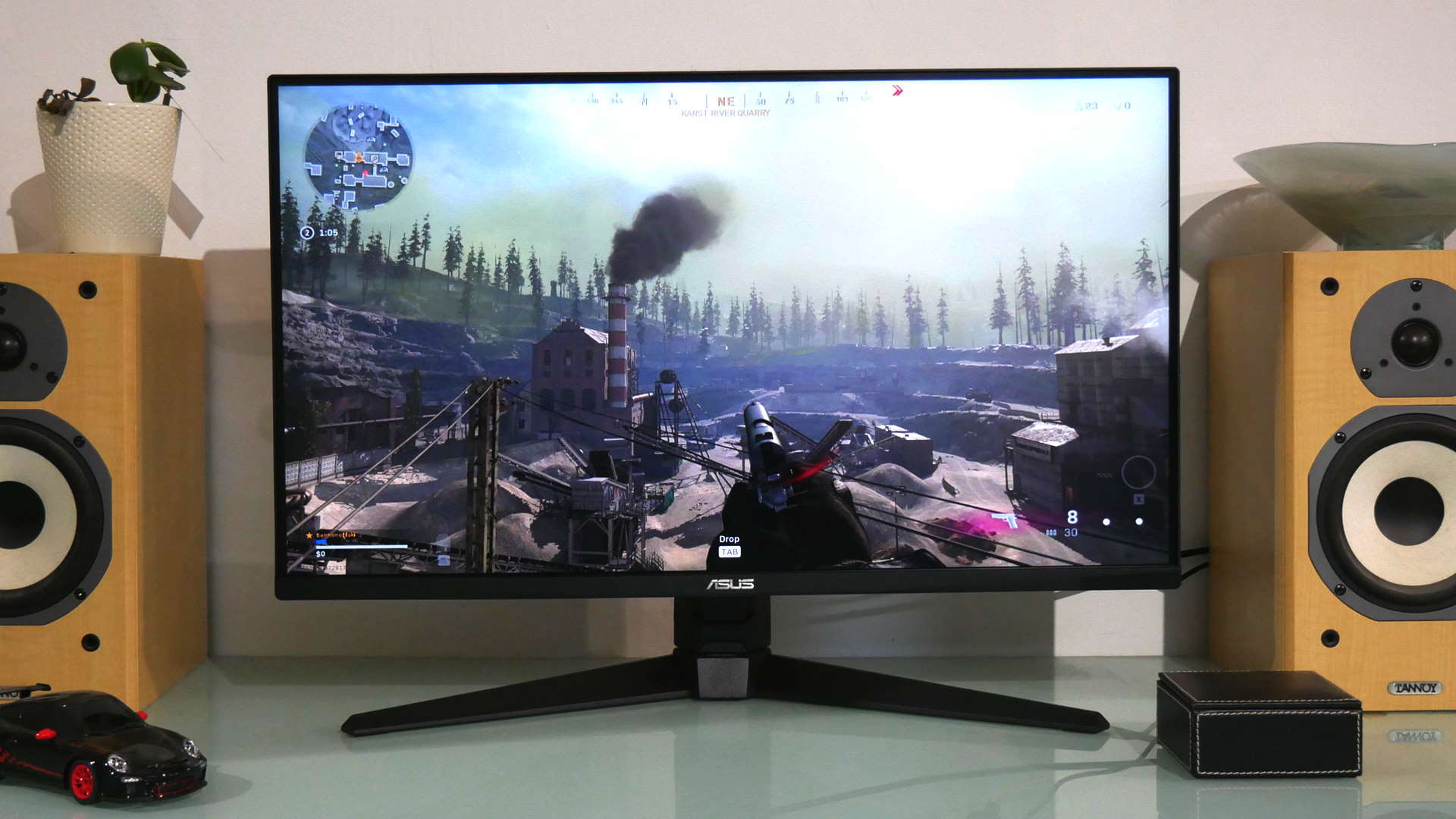
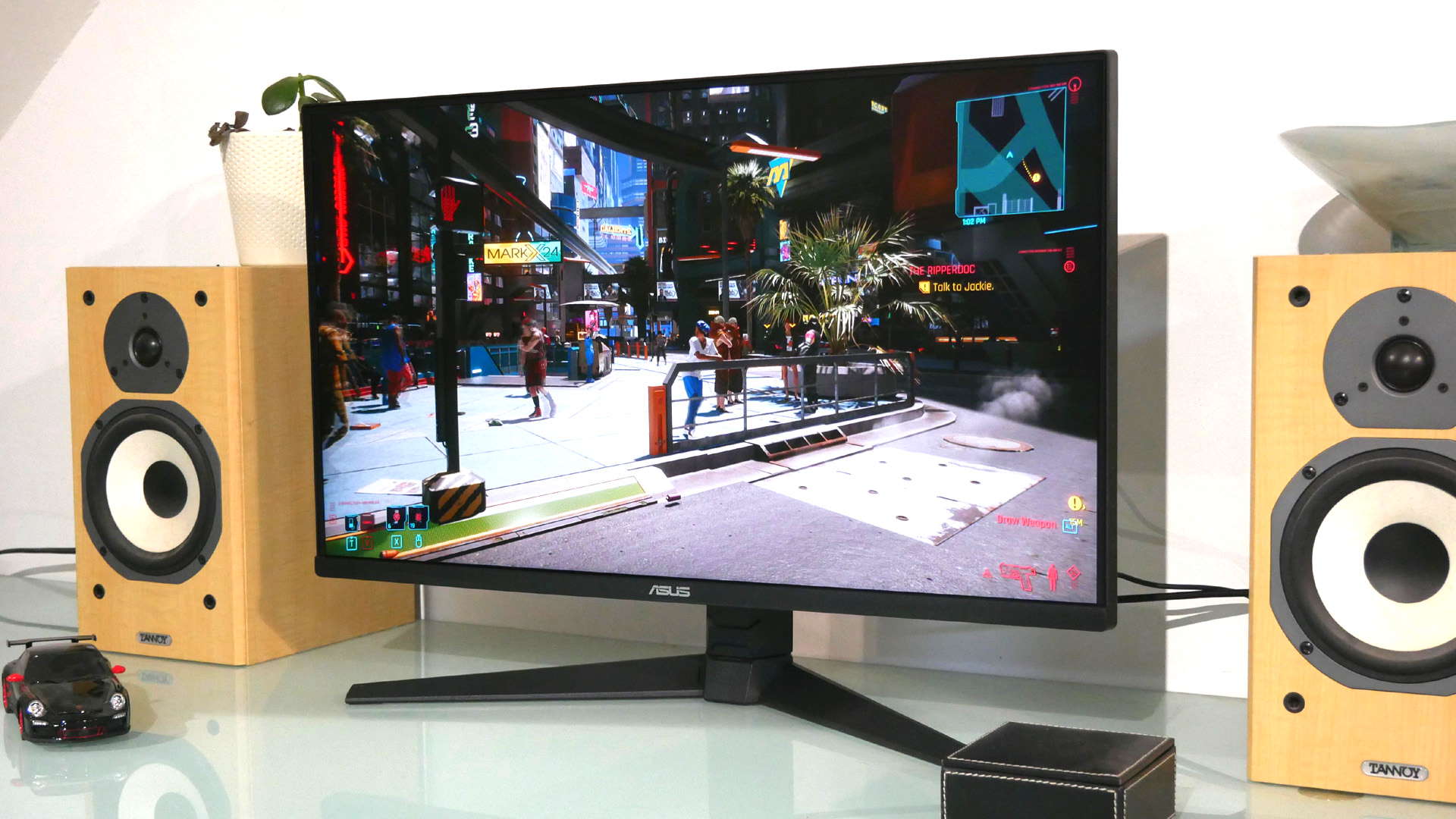
The net result is that this is a strong all rounder. The extra inch of panel size compared to the initial entrants into the 4K 144Hz market is welcome, the HDMI 2.1 interface certainly makes this a versatile panel for multi-platform gaming, even if we have some doubts regarding the realistic utility of 120Hz 4K gaming on the latest consoles.
Perhaps more of an obvious caveat is that the HDMI 2.1 interface will inevitably add cost. If you’re only planning to use this panel with a PC, that cost will come with little to no benefit.
Which brings us neatly to our main reservation with the Asus TUF Gaming VG28UQL1A. Pricing. At £749 in the UK (US pricing has yet to emerge, but will likely be around the $800 mark), it's not cheap enough to bring 4K high refresh to a new audience.
Screens like this look particularly poor value now that the likes of a 4K, 120Hz LG OLED screen can be had for around £1,000 / $1,000. It's not a direct comparison, but it's awfully unflattering all the same. In short, the wait continues for a more accessible 4K, 144Hz gaming panel for the masses. Because this, sadly, ain't it.
Asus' latest TUF-branded 4K, 144Hz gaming panel has a fantastic feature set including HDMI 2.1 connectivity for cutting-edge console gaming. But it's not as cheap as we'd hoped for and has limited HDR capability.

Jeremy has been writing about technology and PCs since the 90nm Netburst era (Google it!) and enjoys nothing more than a serious dissertation on the finer points of monitor input lag and overshoot followed by a forensic examination of advanced lithography. Or maybe he just likes machines that go “ping!” He also has a thing for tennis and cars.
